Considering I have search pannel that inculude multiple options like in the picture below:

I'm working with mongo and create compound index on 3-4 properties with specific order. But when i run a different combinations of searches i see every time different order in execution plan (explain()). Sometime i see it on Collection scan (bad) , and sometime it fit right to the index (IXSCAN).
The selective fields that should handle by mongo indexes are:(brand,Types,Status,Warehouse,Carries ,Search - only by id)
My question is:
Do I have to create all combination with all fields with different order , it can be 10-20 compound indexes. Or 1-3 big Compound Index , but again it will not solve the order.
What is the best strategy to deal with big various of fields combinations.
I use same structure queries with different combinations of pairs
// Example Query.
// fields could be different every time according to user select (and order) !!
db.getCollection("orders").find({
'$and': [
{
'status': {
'$in': [
'XXX',
'YYY'
]
}
},
{
'searchId': {
'$in': [
'3859447'
]
}
},
{
'origin.brand': {
'$in': [
'aaaa',
'bbbb',
'cccc',
'ddd',
'eee',
'bundle'
]
}
},
{
'$or': [
{
'origin.carries': 'YYY'
},
{
'origin.carries': 'ZZZ'
},
{
'origin.carries': 'WWWW'
}
]
}
]
}).sort({"timestamp":1})
// My compound index is:
{status:1 ,searchId:-1,origin.brand:1, origin.carries:1 , timestamp:1}
but it only 1 combination ...it could be plenty like
a. {status:1} {b.status:1 ,searchId:-1} {c. status:1 ,searchId:-1,origin.brand:1} {d.status:1 ,searchId:-1,origin.brand:1, origin.carries:1} ........
Additionally , What will happened with Performance write/read ? , I think write will decreased over reads ...
The queries pattern are :
1.find(...) with '$and'/'$or' + sort
2.Aggregation with Match/sort
thanks